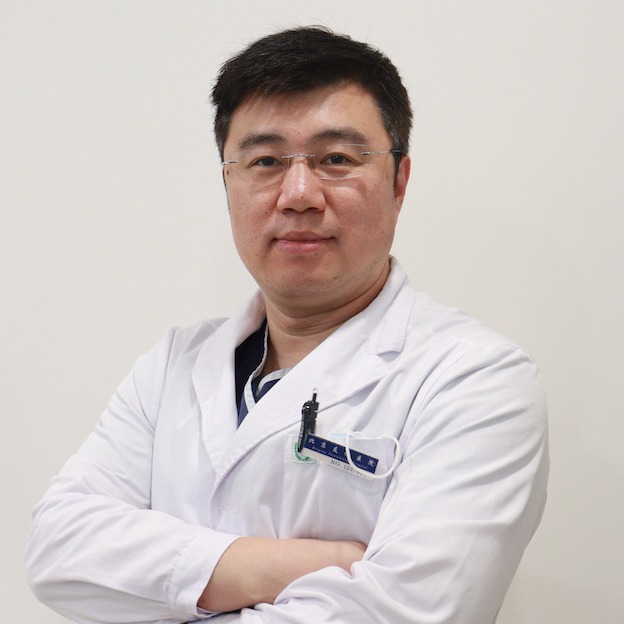Why do nasolabial folds become more pronounced after losing weight, and what can be done about it?
In general, weight loss can reduce fat in the cheeks, causing the skin to become loose and accumulate around the nasolabial folds, thereby deepening and lengthening them. This can be improved through balanced nutrition, massage, and other methods. If these measures are ineffective, medical aesthetic treatments such as hyaluronic acid fillers, autologous fat transfer, botulinum toxin injections, thread lifts, or facelift surgery may be used to reduce nasolabial folds. Results vary from person to person; it is recommended to visit a reputable hospital and follow professional medical advice to choose an appropriate method.
In daily life, maintain a balanced diet and consume more fresh vegetables and fruits such as oranges, strawberries, and broccoli. Vitamin C promotes collagen synthesis, while vitamin E has antioxidant properties that help prevent skin aging. Before bedtime, facial massage can also be performed: using the index and middle fingers of both hands, start from the chin and massage upward along the jawline toward the temples, repeating 10–15 times per session. Massage helps improve facial blood circulation, enhancing nutrient delivery to skin cells, stimulating facial muscles and tissues, increasing muscle elasticity, and improving facial fullness.
Medical Aesthetic Treatments for Nasolabial Folds:
Procedure |
Hyaluronic Acid Fillers |
Autologous Fat Transfer |
Botulinum Toxin Injections |
Thread Lift |
Facelift Surgery |
Principle |
Injecting hyaluronic acid into the nasolabial fold area to fill and smooth the lines |
Harvesting excess fat from another body area, processing it, and injecting it into the nasolabial fold area |
Using high-concentration acid to break down and remove pigmented spots |
Implanting protein threads under the skin to stimulate collagen regeneration |
Surgically removing excess skin to achieve skin tightening |
Duration |
6–12 months |
3–8 years |
6–12 months |
2–3 years |
5–10 years |
Estimated Cost |
3,000–5,000 RMB per session |
3,500–10,000 RMB per session |
3,000–8,000 RMB per session |
5,000–20,000 RMB per session |
3,000–13,000 RMB per session |
Advantages |
1. Quick recovery (3–7 days) |
1. Long-lasting results |
1. Simple procedure |
1. Minimal side effects |
1. High precision |
Potential Risks |
1. Skin infection |
1. Skin laxity |
1. Allergic reaction |
1. Swelling |
1. Bleeding |
After treatment, proper skincare is essential. Avoid UV exposure, maintain a light diet, and refrain from consuming spicy or irritating foods.









